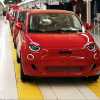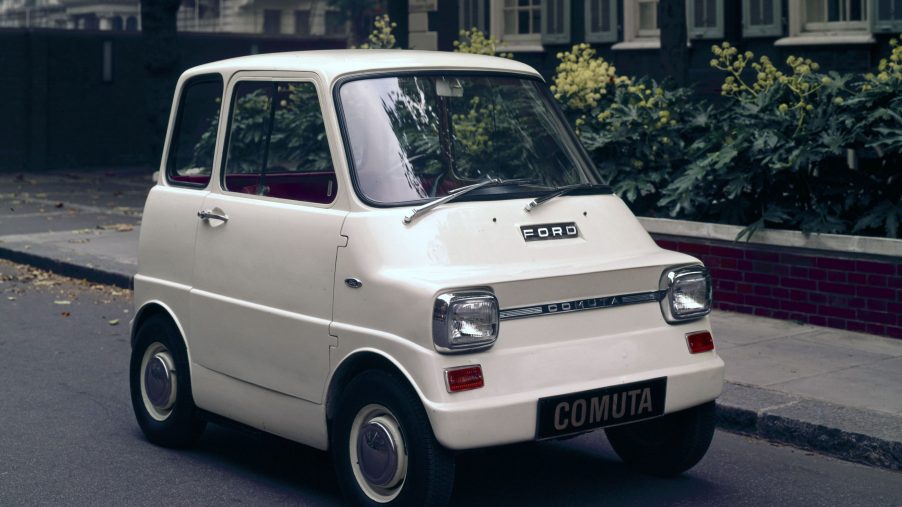
The Ford Comuta: Ford’s First Electric Car
Ford has been pulling out all the stops as they electrify their lineup, from the Ford F-150 Lightning to the Mustang Mach E. But they aren’t Ford’s first attempt at an electric car, that award goes to the small and strange Ford Comuta. Hidden deep in the history books, let’s look back at this strange concept and why it was built in the first place.
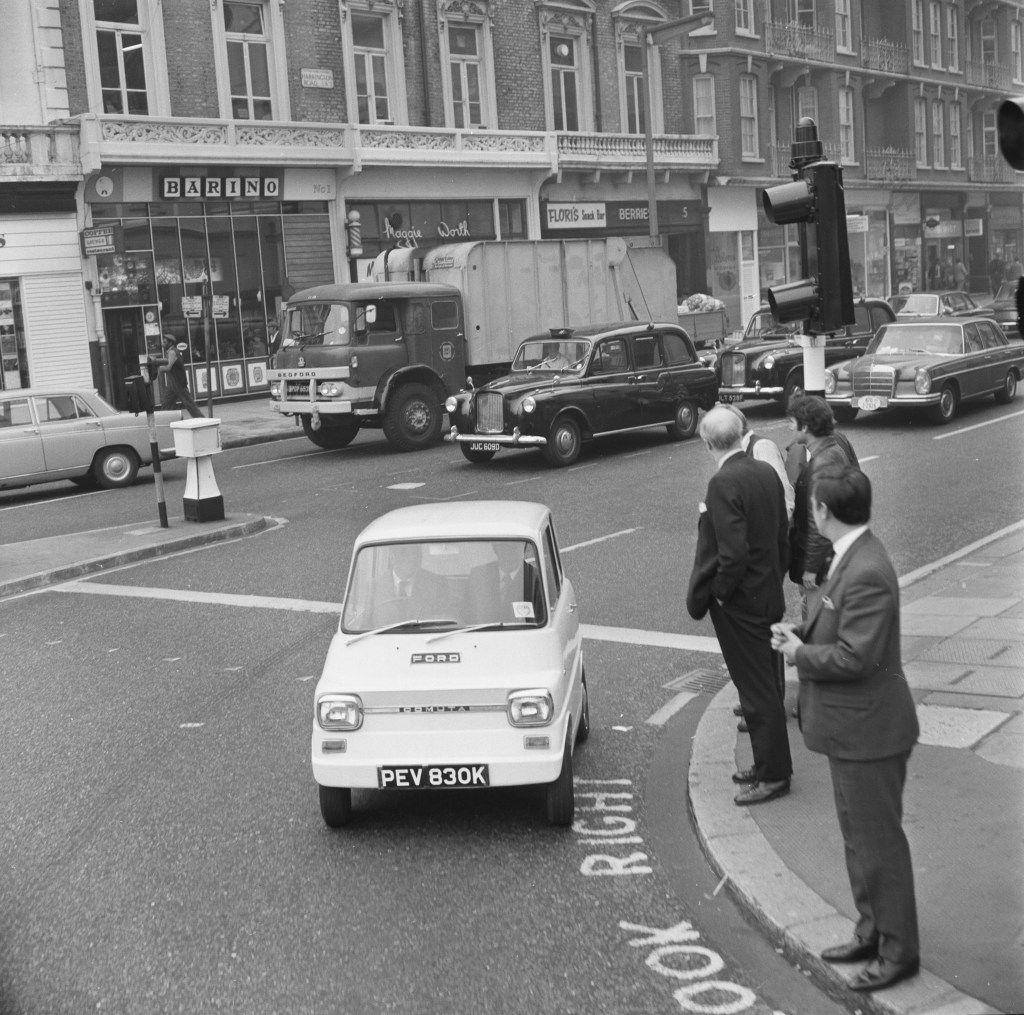
The Ford Comuta was built for Britain
Part of the reason you’ve likely never heard of the Comuta is because it would have only been offered in Britain. The roads are narrower and parking limited, so this butter box car made some sense. It would also piggyback off the Ford Escort, which would grow to insane levels of popularity. In short, Ford was making their mark on European markets. And in order to do that, it meant appealing to all kinds of buyers, including those who wanted something small for buzzing around the city.
Think of this as a Smart car before the Smart car. Albeit, a much slower and much smaller Smart car. The Comuta, first revealed in 1967, was powered by four 12 volt lead-acid batteries. They weren’t ideal, but they were the only available power source available at the time. That surge of electricity went to two 5 horsepower motors that could propel the car up to 40 mph. But to get the most possible range out of the car, 40 miles in total, you’d have to cruise at 25 mph instead.
So it’s a comically small car that could (shockingly) carry four people. But what might be even funnier is that Ford had hopes of selling these.
For was somewhat serious about selling these
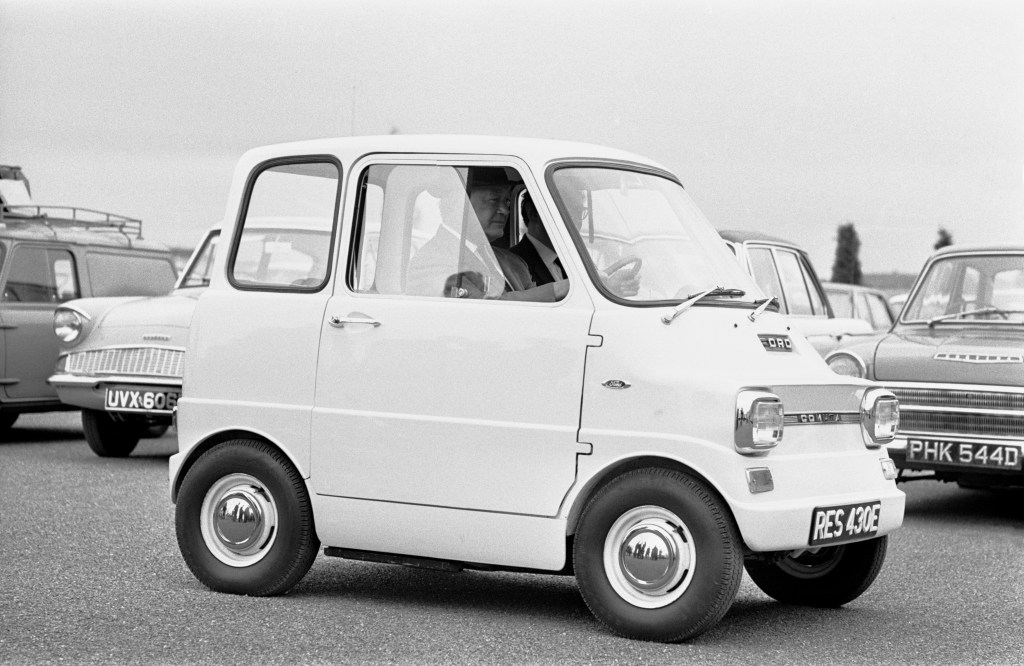
At the time, Ford President Arjay Miller told the New York Times, “cars like the Comuta could be available in five to 10 years.” If you’re subscribed to The New York Times you can read the full archived article. But clearly, those haven’t come around yet. The next electric car to wear the Ford nameplate was the 1998 Ford Ranger EV.
But while the principle of a small city runabout was promising. And the idea that you could fit not one, but three Comuta’s in a single parallel parking space was lucrative. But Ford was trying to revitalize the very thing they killed off. Electric cars were around back in the 1900s and 1910s. But the cheap, gas-powered Model T shoved expensive electric alternatives to the side, with today’s climate concerns finally bringing them back.
What happened to this little electric box?
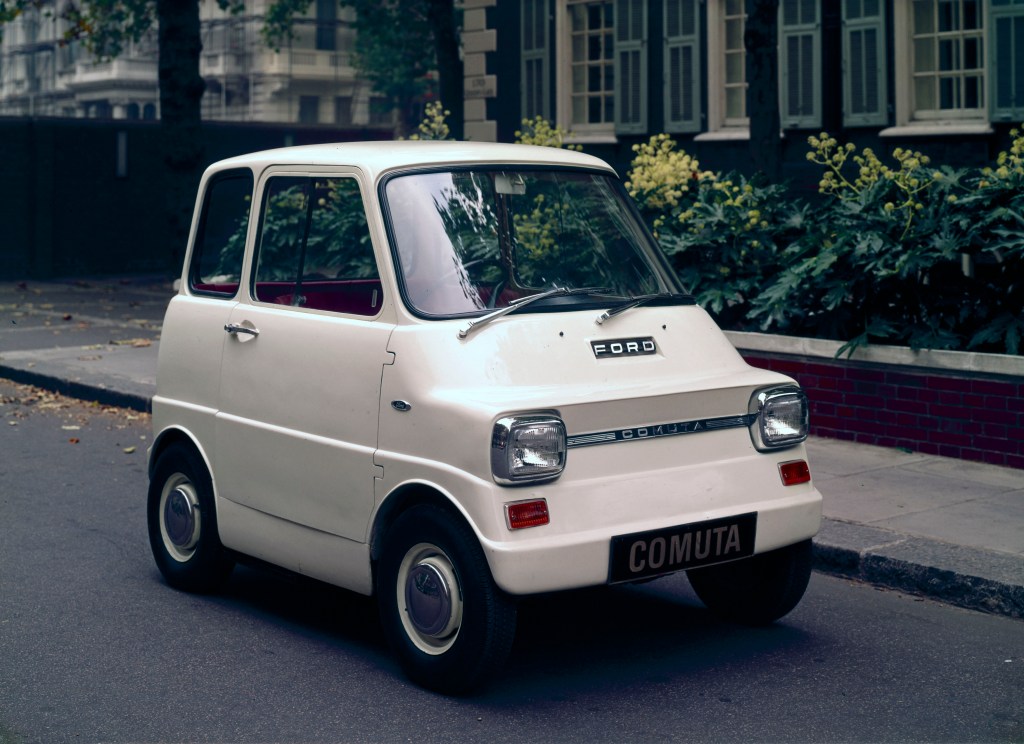
Because this was a concept, only two were made, one of which has since been lost. The other now resides at the Science Museum in London. It didn’t resemble any other Ford built before then, and no Ford would be inspired by it afterward. Despite being Ford’s very first electric vehicle, a significant milestone for any automaker, it feels more like a footnote.
But the dream of building a small, electric city car didn’t die with the Comuta. In fact, the Comuta may have been the earliest version of these electric microcars. The Vanguard-Sebring Citicar came in 1974, and became the highest-selling production EV up until the Tesla Model S. So maybe the Comuta did do some good, inspiring a wave of the stranges electric cars ever made.


